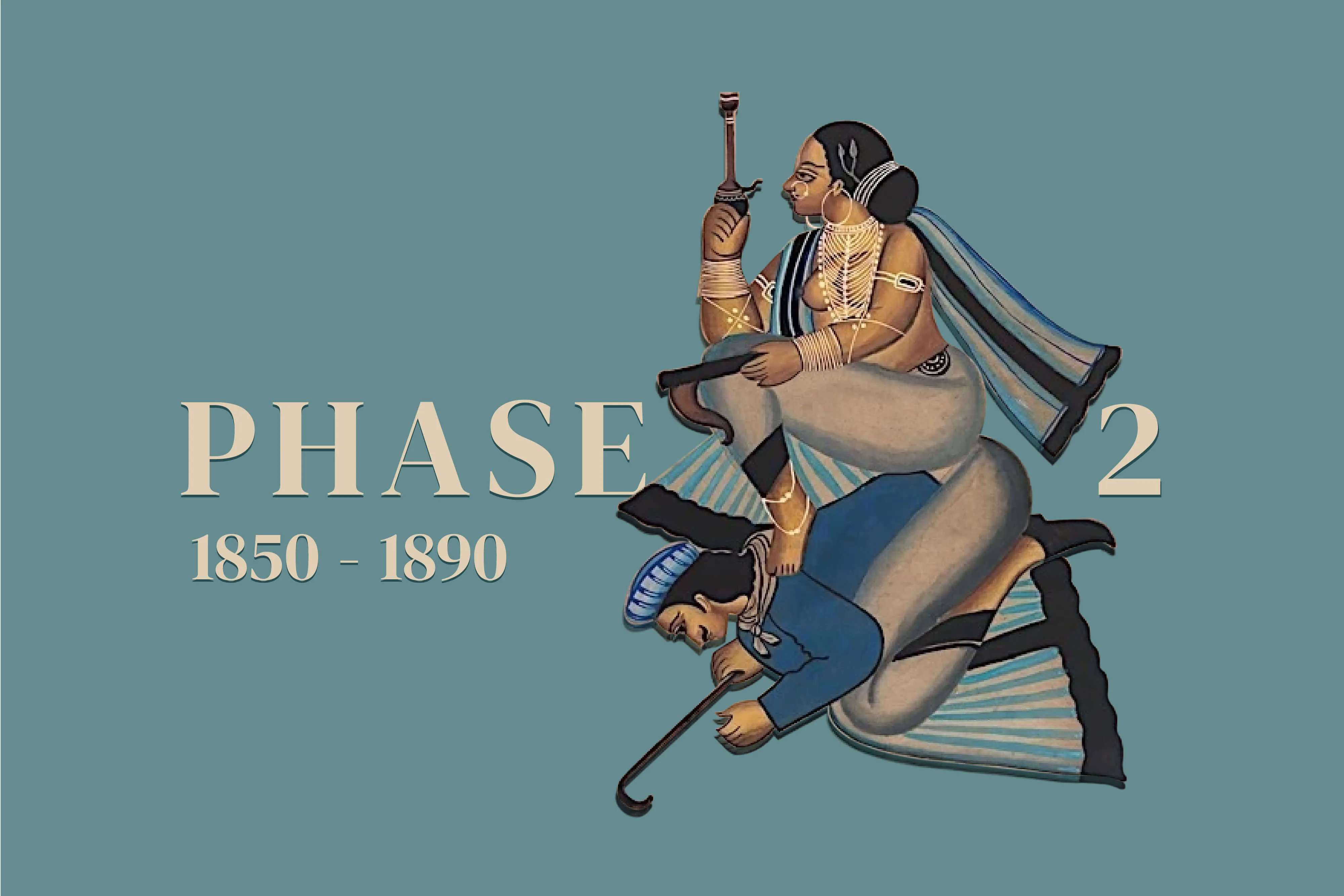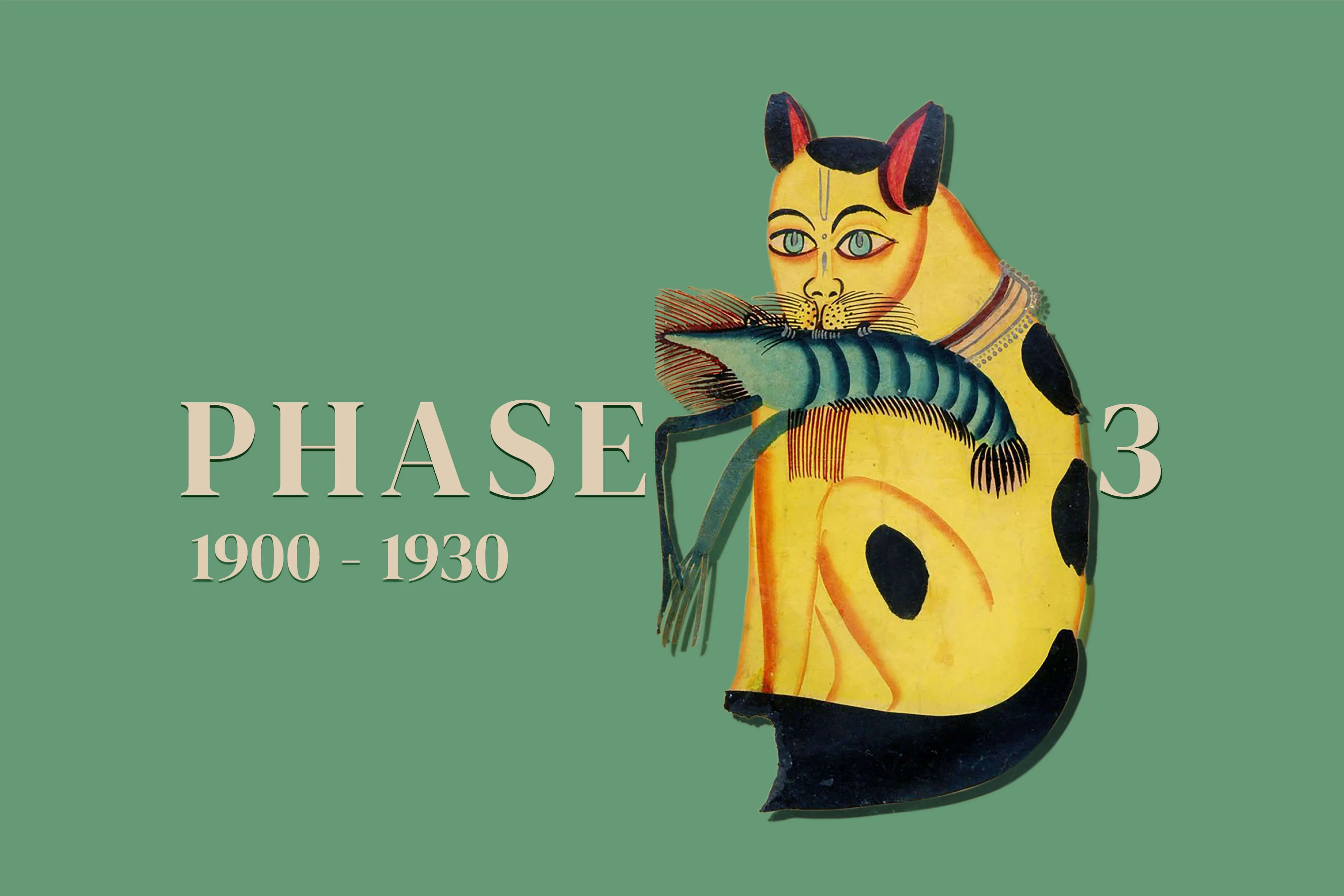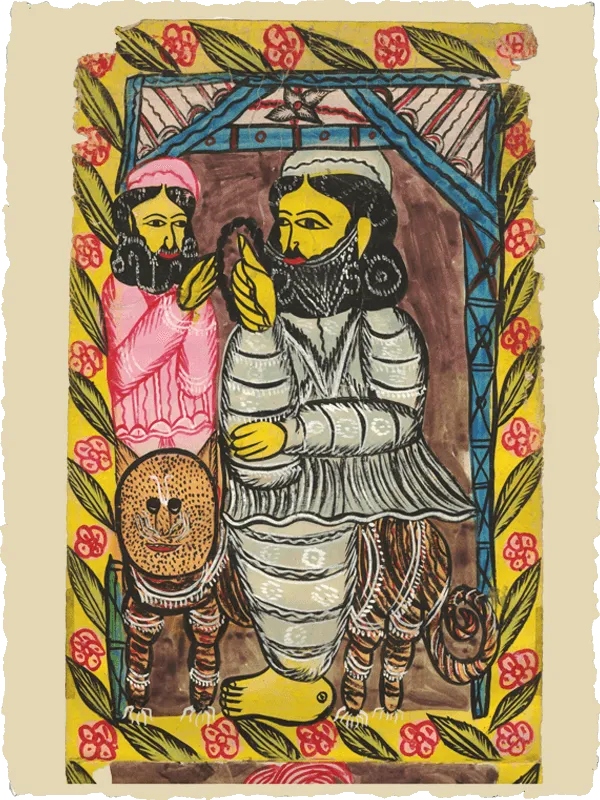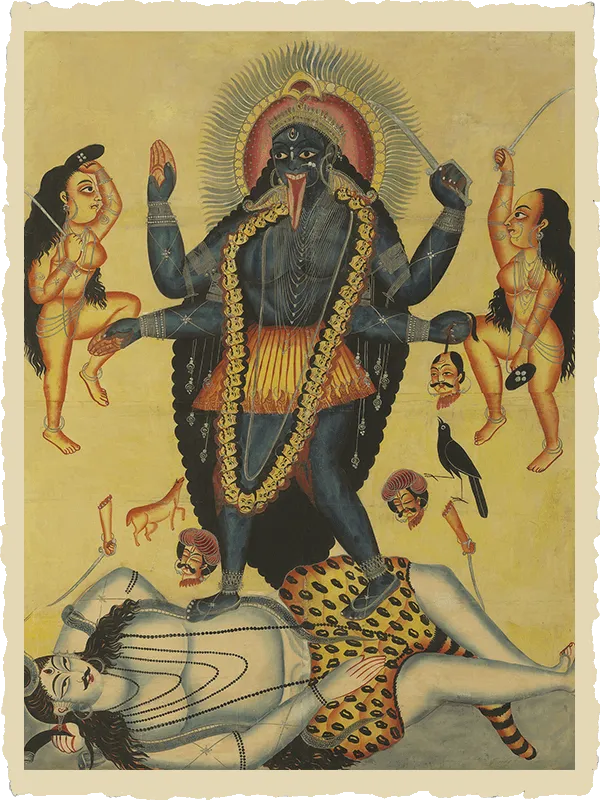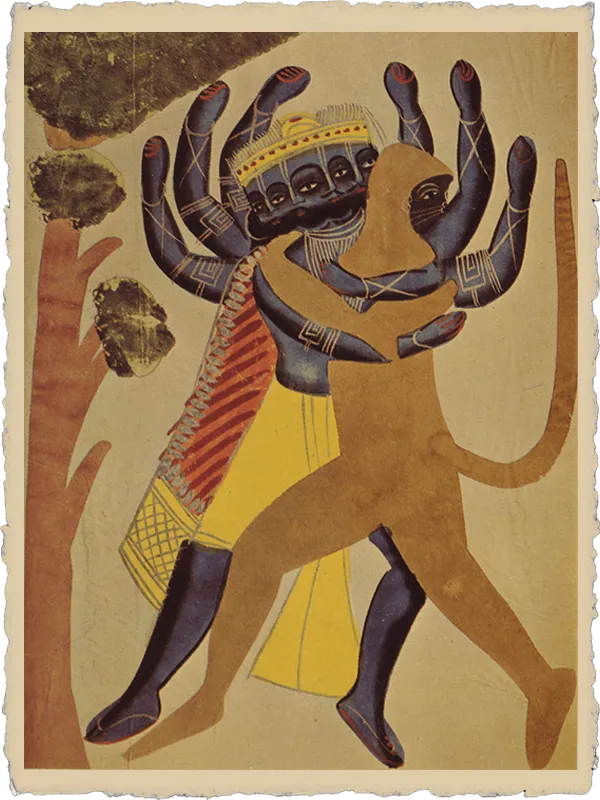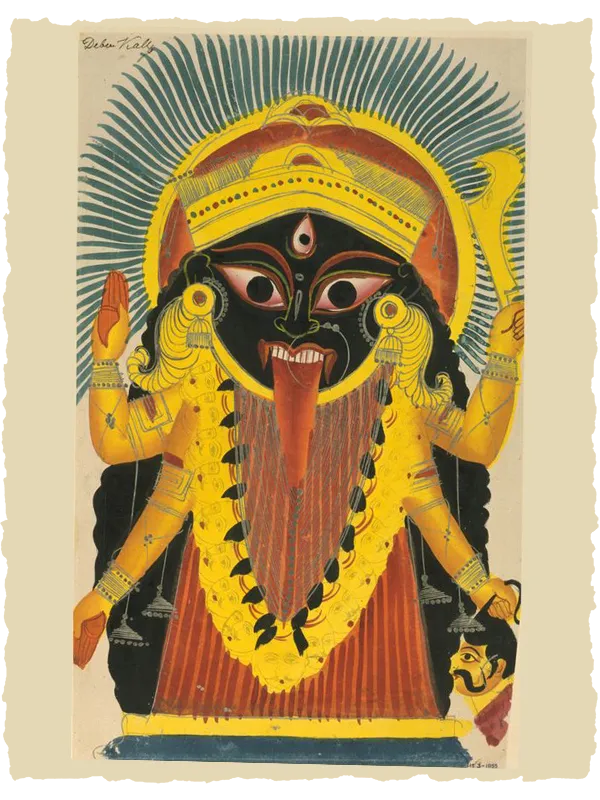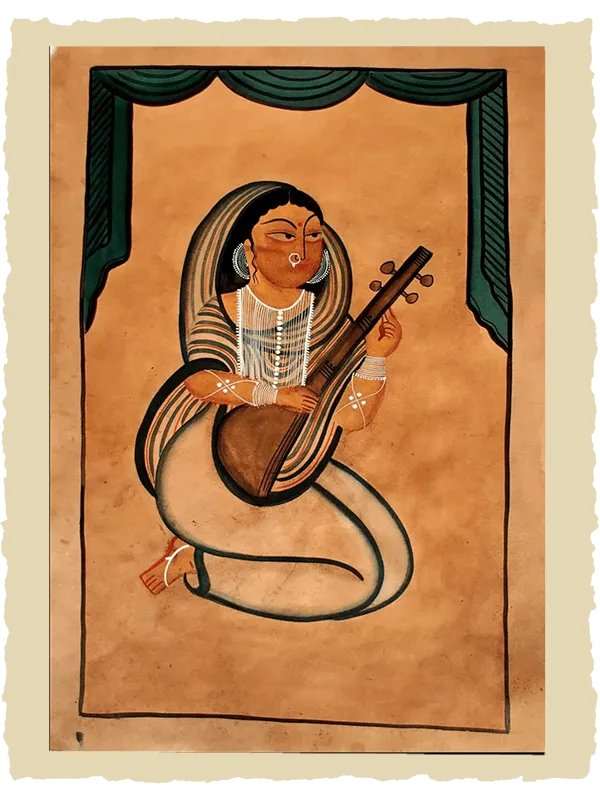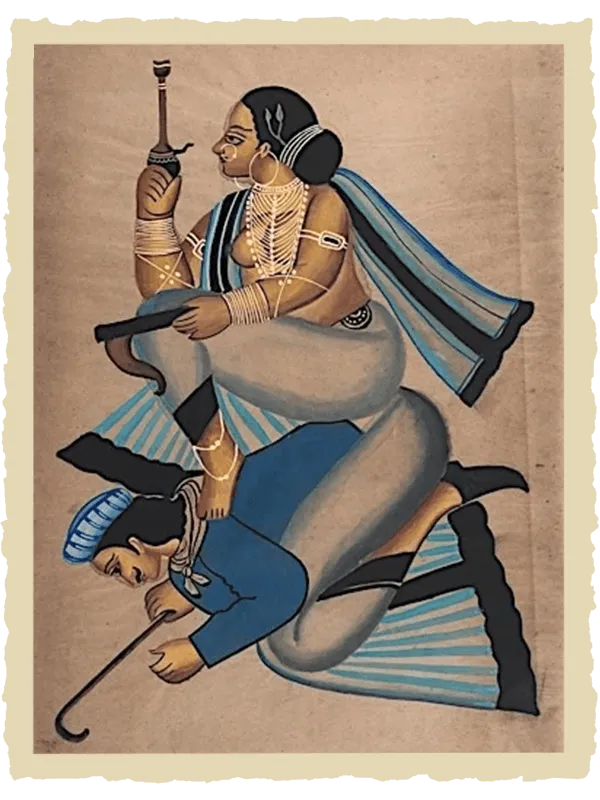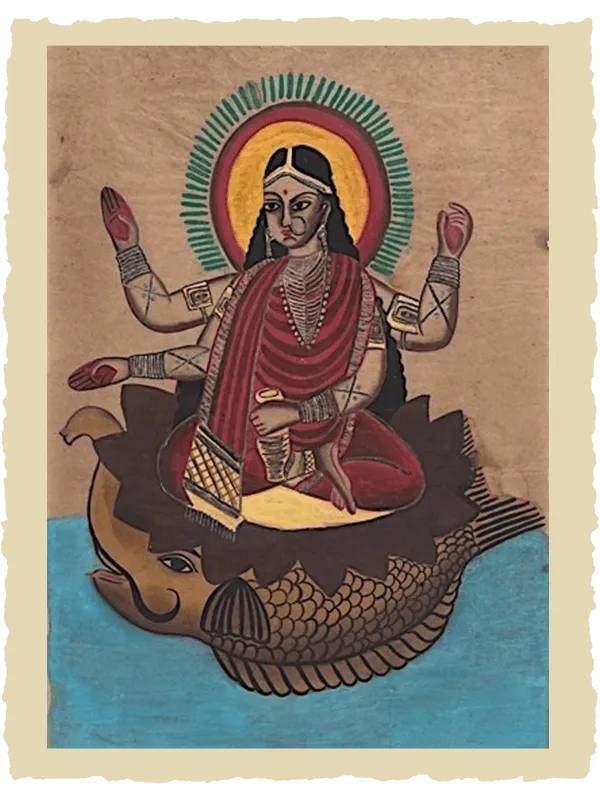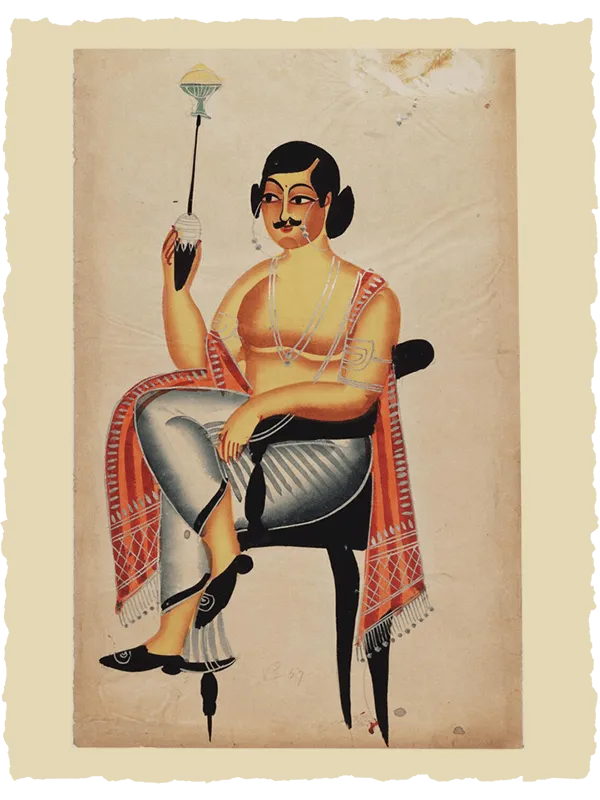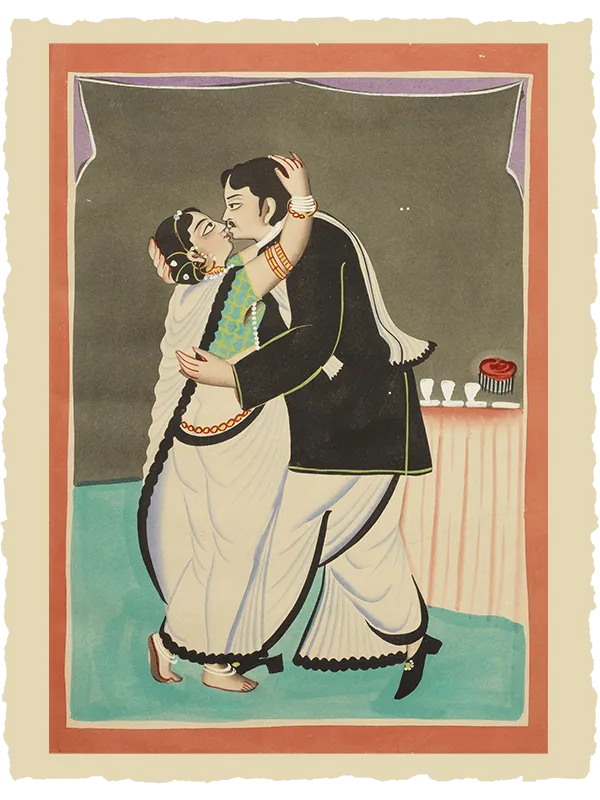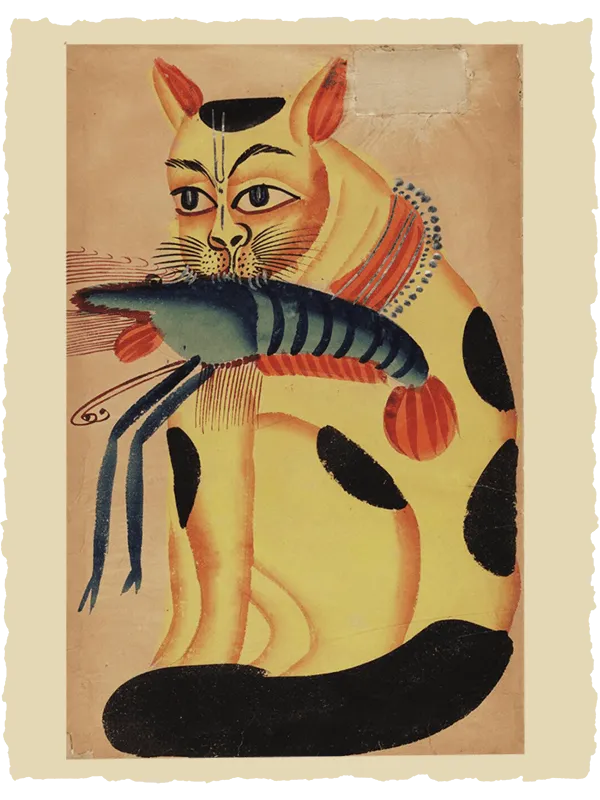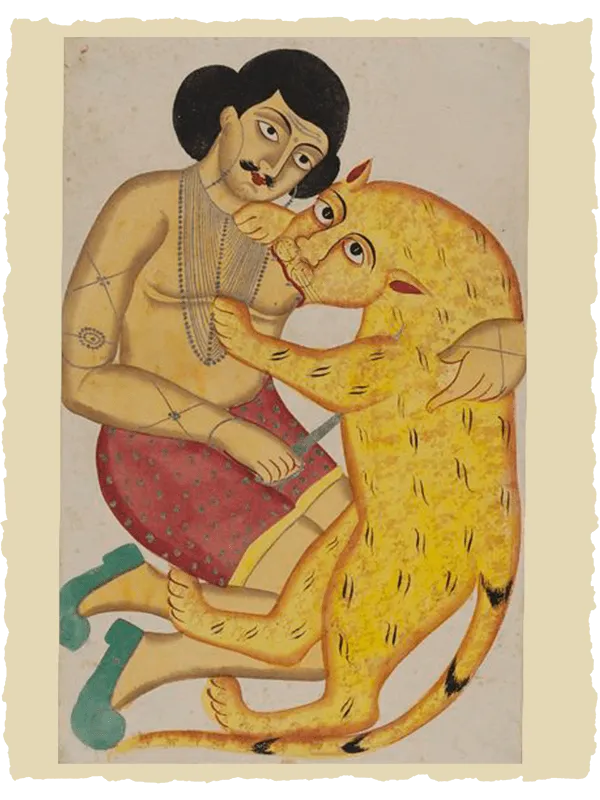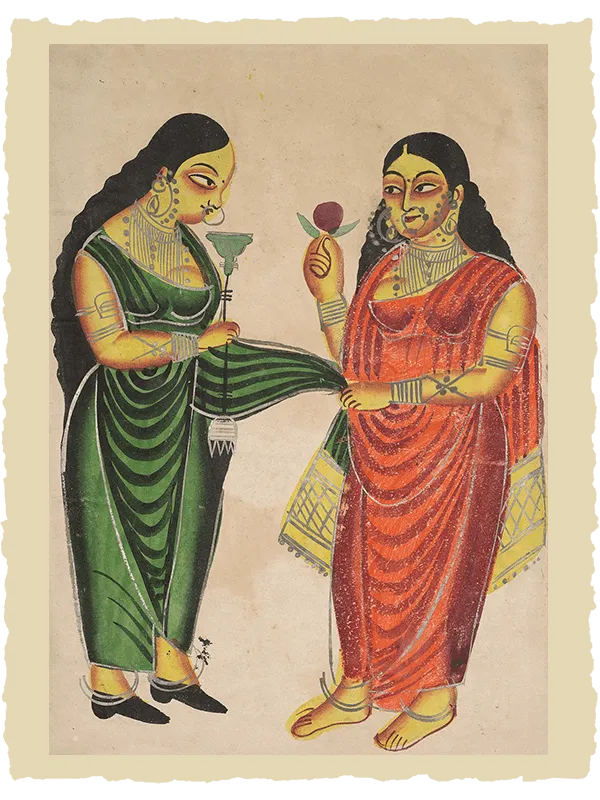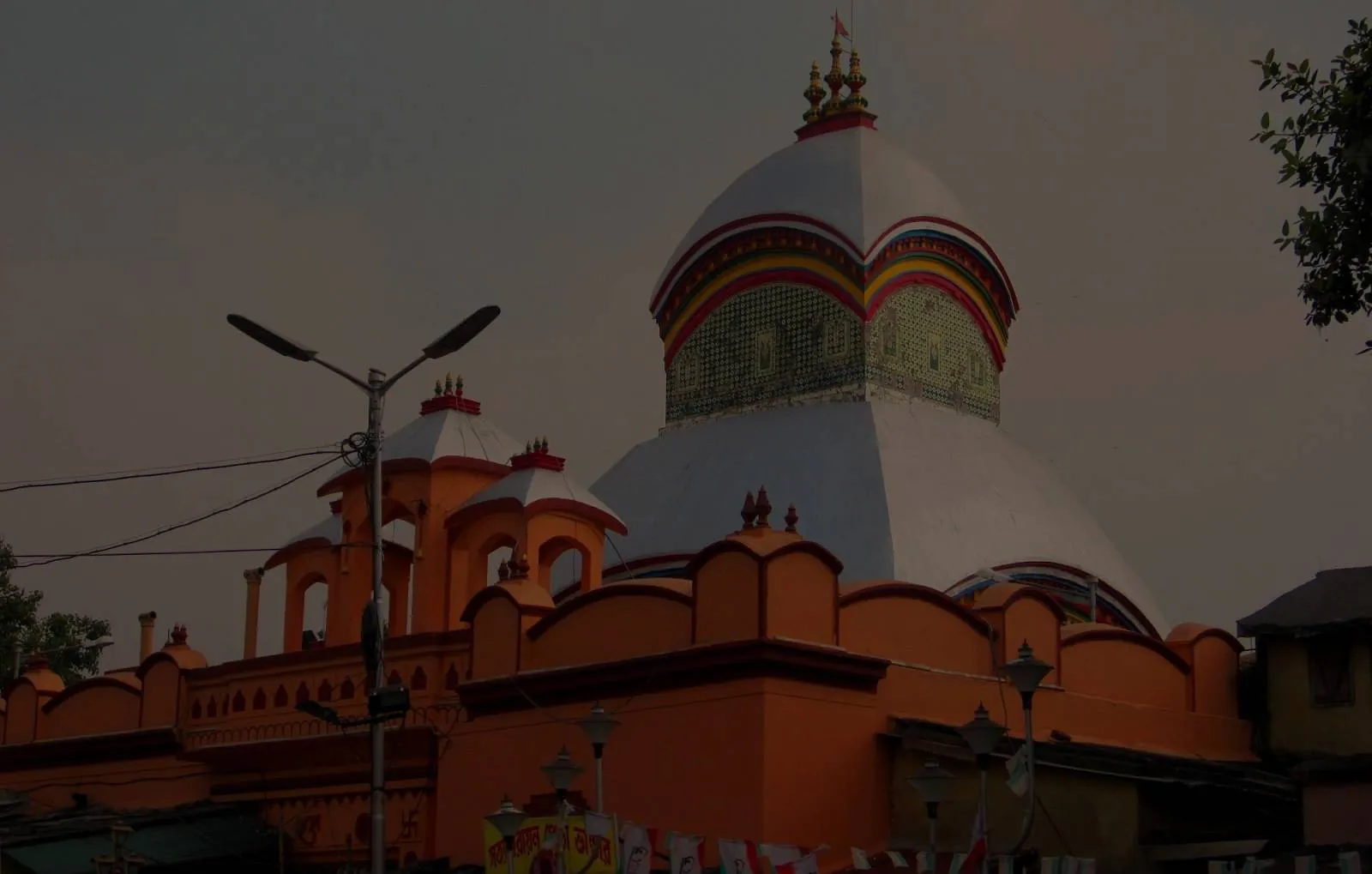
The Origin & Journey
The world of sound is a tiny bubble in the silence of the infinite. The Universe has its only language of gesture; it talks in the voice of pictures and dance. Every object in this world proclaims in the dumb signal of lines and colors, the fact that it is not a mere logical abstraction or a mere thing of use, but it is unique in itself, it carries the miracle of its existence. In a picture the artist creates the language of undoubted reality, and we are satisfied that we see. It may not be the representation of a beautiful woman but that of a commonplace donkey or of something that has no external credential of truth in nature but only in its own inner artistic significance.
– Rabindranath Tagore
Mythology & History
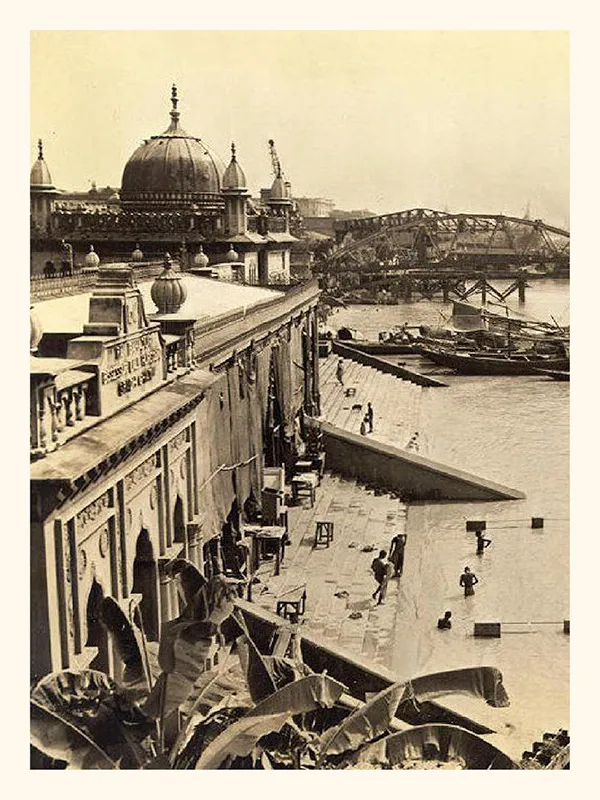
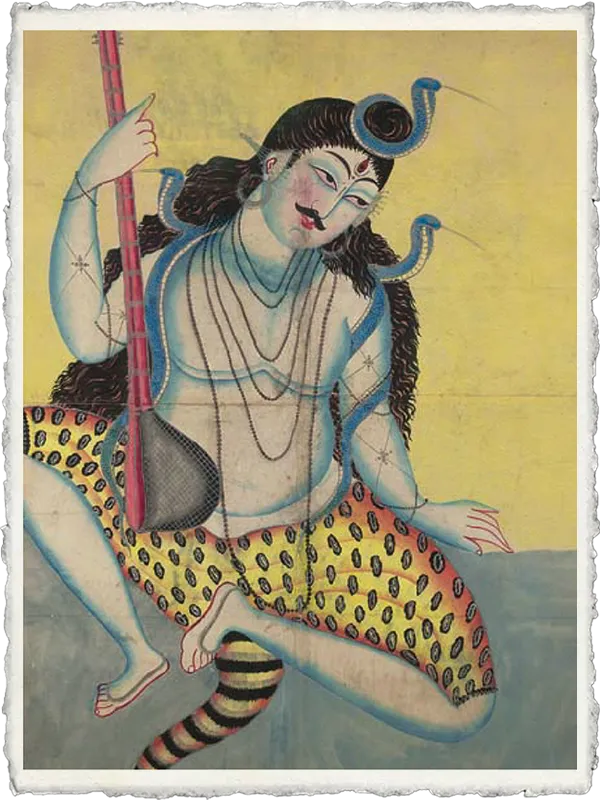
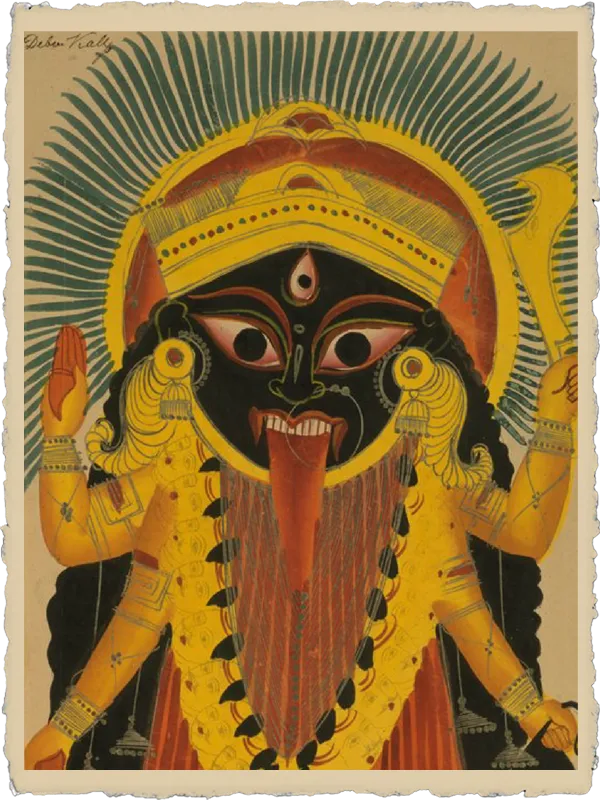
According to legend, Lord Shiva, the god of dance and destruction, was deep in meditation on Mount Kailasha when he received news of the death of his consort, Sati, an avatar (or human manifestation) of the goddess Kali. He wandered for days with her body draped across his shoulders and his inconsolable grief threatened to ruin the earth. Lord Vishnu, the Preserver, was called upon to intervene. To relieve Shiva’s burden, he shattered Sati’s body into fifty one pieces.
The little toe of Sati’s right foot was said to have fallen at the site of the Hooghly River, and from this point on the area became associated with the goddess Kali. By the 1690s, when it became part of the city of Kolkata, it was already known as the sacred realm of Kali or Kalikshetra. The moorings (ghat in Bengali) on the bank of the Hooghly River were known to pilgrims as Kalighat, and there was perhaps an early version of a temple at the spot in the 17th and 18th centuries. By the early 19th century, the temple was a popular destination for local people, pilgrims and European visitors.
The Timeline
Dated between 1800 and 1850, which attributes the origins of the genre, and the formation of essential Kalighat Characteristics.
The first phase covers the period immediately after the patua artists moved to the city, when the paintings were heavily influenced by the patachitra tradition. During this time, the Kalighat pats were sold as religious souvenirs for pilgrims at the temple, and therefore, portrayed religious icons such as Kali, Durga, Lakshmi and Saraswati, as well as related deities such as Ganesh, Krishna and Shiva who feature in the myths around these goddesses, and scenes from Hindu epics such as the Ramayana and Mahabharata. Although the paintings were mainly religious, secular elements were often incorporated for added appeal, including depicting deities wearing Western shoes or holding violins instead of veenas.
Dated between 1850 and 1890, this set depicts many variations between style, composition and colour and has attained its peak in its class. As the style gained popularity, Kalighat painting moved into the second phase, with groups other than the Patuas taking up the profession. Soon after, the paintings began to incorporate Islamic and Christian scenes and iconographies, including Islamic saints, angels and tazias.
Dates from 1900 to 1930, which shows the end of the tradition with the infiltration of cheap lithographs.During the third and final phase –– from the mid-nineteenth century onwards –– Kalighat painting began moving away from religious themes and icons to depict more contemporary, humorous and satirical subjects. The artworks, which had grown popular among the migrants and non-elites of the city, began reflecting socio-cultural and political themes, ranging from topics such as courtesan culture, domestic pets, murder trials, horse racing and wrestling, among others. A frequent topic in this category was women’s emancipation: the education, legal sanctions and increased independence of upper class Indian women in the nineteenth century was satirically shown in paintings depicting husbands cowering before their wives, possibly as opportune references to Durga or Kali. The paintings also discussed colonial politics in the subcontinent


